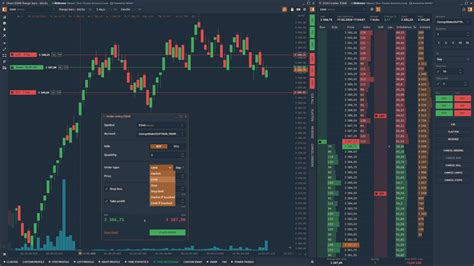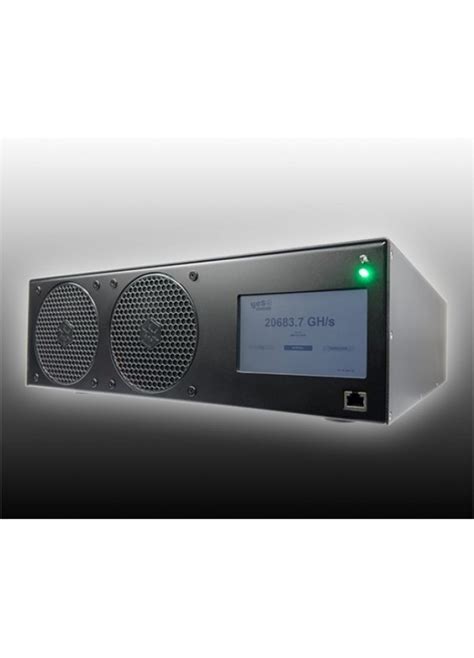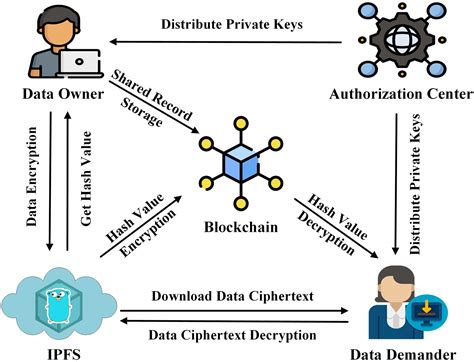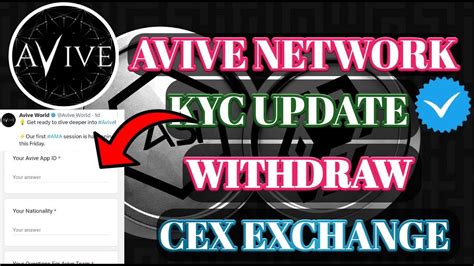Futures, ATH, Sei (SEI)
« Crypto Market Heats Up: Can SEI Break All-Time High? »
The world of cryptocurrency and futures markets has been on a tear in recent months, with prices surging to all-time highs. One key driver of this trend is the rise of Seasoned Investors (SEI), also known as « Seasoned Investors » or « Crypto Millionaires. » These individuals have been betting big on the crypto market, often leveraging their vast financial knowledge and experience.
What are Seasoned Investors?
Seasoned Investors are a group of traders who have developed a keen understanding of the cryptocurrency space. They typically possess a strong background in finance, investing, and market analysis. Their expertise allows them to identify trends, analyze market data, and make informed investment decisions. SEI’s success is often attributed to their ability to anticipate price movements, adjust strategies accordingly, and maintain a long-term perspective.
Can SEI Break All-Time Highs?
The prospect of SEI breaking all-time highs has been on investors’ minds for some time. However, the crypto market is inherently volatile, making it challenging to predict future price movements with certainty. Nevertheless, many experts believe that SEI’s combination of financial acumen and market experience makes them a formidable force.
ATH (All-Time High) Records
Recent ATH records have been set by several notable cryptocurrencies including Bitcoin (BTC), Ethereum (ETH), and Solana (SOL). These prices have triggered significant interest from investors looking to capitalize on the potential for future gains. However, it’s essential to remember that these ATHs are relatively rare and often followed by a decline in price.
Why Are They SO Attractive?
Several factors contribute to SEI’s allure:
- Financial knowledge: Seasoned Investors possess a deep understanding of finance and investing, allowing them to analyze market data with precision.
- Long-term perspective: These investors are willing to ride out market fluctuations, often taking a contrarian approach to minimize risk.
- Diversification

: SEI’s investment strategies typically involve diversifying their portfolios across various asset classes, further reducing risk.
Tips for Investors
If you’re considering following the SEI trend, here are some key takeaways:
- Education is key: Continuously educate yourself on cryptocurrency markets and investing strategies.
- Diversification is crucial: Spread your investments across a variety of asset classes to minimize risk.
- Long-term perspective matters: Resist the temptation to try to time the market or make quick profits.
In conclusion, SEI’s success in breaking all-time high prices has earned them a reputation as one of the most successful groups in the crypto market. While it’s essential to remember that ATH records are rare and often followed by declines, seasoned investors like SEI hold valuable insights into the cryptocurrency space. As the market continues to evolve, we can expect more SEI-like individuals to emerge, setting new standards for investing success.
Disclaimer: This article is for informational purposes only and should not be considered investment advice. Cryptocurrency markets are inherently volatile and subject to significant price fluctuations. Always conduct thorough research and consult with financial advisors before making any investment decisions.







